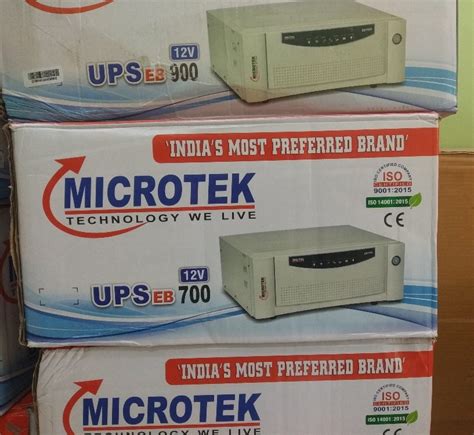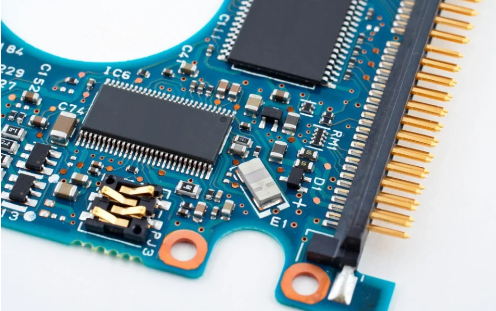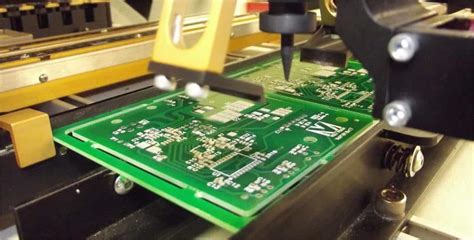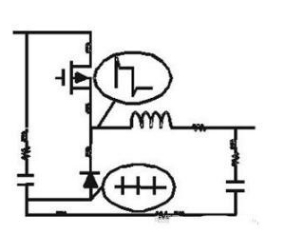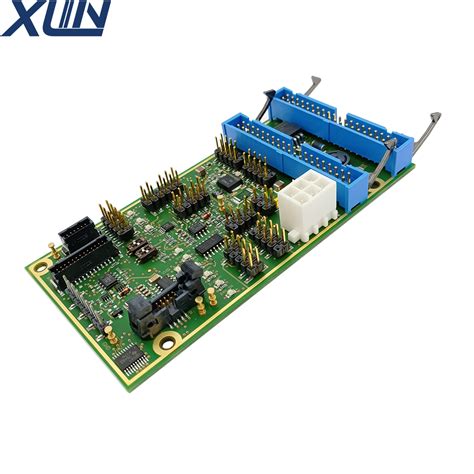Microtek Inverter PCB Board Cost Analysis 2024
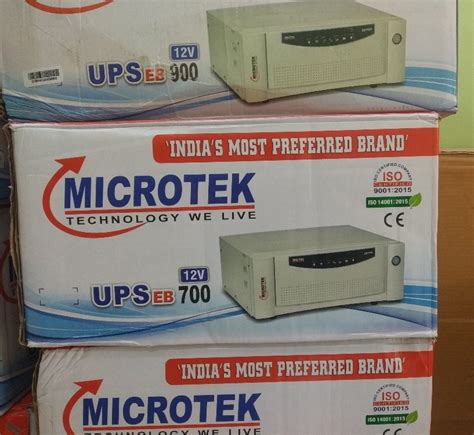
Key Takeaways
When evaluating PCB manufacturing costs for Microtek inverters, you should consider three primary drivers: material specifications, production complexity, and order volume. PCB manufacturing companies often adjust pricing based on copper thickness, substrate quality, and thermal management requirements. For example:
| Factor | Cost Impact Range (2024) | Solar PCB Premium | UPS PCB Premium |
|---|---|---|---|
| Multi-layer Design | +15–30% | +8–12% | +5–10% |
| High-Frequency Materials | +20–40% | +15–18% | +10–15% |
| Custom Silkscreening | +5–12% | +3–5% | +2–4% |
Tip: Always request a PCB manufacturing cost breakdown from suppliers – this helps identify areas for optimization without compromising reliability.
The PCB manufacturing business faces rising copper prices, which could elevate base costs by 6–9% this year. Solar-specific boards typically cost 12–18% more than UPS variants due to enhanced UV resistance and extended warranty terms. When comparing quotes, verify whether certifications like IEC 61215 (solar) or ISO 9001 (general) are included, as these affect long-term performance guarantees.
For hybrid systems, prioritize PCB manufacturing partners offering modular designs – this allows partial upgrades instead of full replacements. Lastly, analyze competitor pricing structures to benchmark Microtek’s value proposition against industry averages.
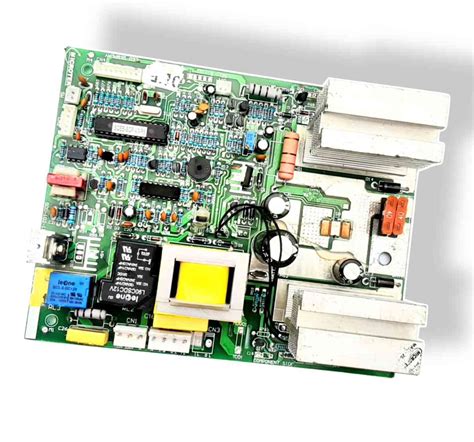
Microtek PCB Pricing Trends 2024
When evaluating PCB manufacturing costs for Microtek inverters in 2024, you’ll notice that pricing trends are shaped by a mix of global supply chain dynamics and localized production strategies. Raw material costs, particularly for copper and fiberglass substrates, remain a critical driver, with fluctuations tied to geopolitical trade policies and energy tariffs. PCB manufacturing companies like Microtek are also adapting to stricter environmental regulations, which influence PCB manufacturing business overheads—such as waste management and energy-efficient production processes.
A key trend this year is the growing adoption of automated assembly lines, which reduces labor expenses but increases upfront investments in technology. For instance, multilayer PCBs—common in solar inverters—now require precision machinery to handle complex circuitry, directly impacting PCB manufacturing cost structures. Additionally, regional competition among suppliers has led to price variations of up to 12–15% for identical components, depending on order volumes and contractual agreements.
To stay competitive, many businesses are opting for hybrid sourcing models, blending domestic and international suppliers to balance quality and cost. Explore how these factors align with broader industry shifts. While Microtek’s emphasis on durability keeps its PCBs priced slightly above budget alternatives, the long-term reliability often justifies the premium—especially for solar systems and UPS solutions where component failure risks are high.
Key Factors in PCB Cost Analysis
When assessing PCB manufacturing cost for Microtek inverters, you’ll encounter variables that directly influence pricing. Material selection tops the list—FR-4 substrates are standard, but specialized laminates for high-frequency or thermal stability escalate expenses. Layer count and complexity also play pivotal roles: a 6-layer board for solar inverters typically costs 30-50% more than a 4-layer UPS variant due to advanced PCB manufacturing processes.
Design intricacies, like trace density and via placement, demand precision, raising labor and equipment costs. Board size matters too—larger PCBs consume more raw materials, while smaller, high-density layouts require pricier fabrication techniques. Economies of scale apply here: bulk orders from PCB manufacturing companies often reduce per-unit costs by 15-25%, critical for businesses optimizing PCB manufacturing business margins.
Regulatory compliance (e.g., UL certification or RoHS adherence) adds testing fees, while lead times impact pricing—rush orders may incur 20-30% premiums. Finally, component sourcing strategies—whether using OEM-approved parts or third-party alternatives—affect reliability and long-term maintenance costs. Balancing these factors ensures you align with both technical requirements and budget constraints in 2024’s competitive landscape.
Component Impact on Microtek PCB Prices
When evaluating PCB manufacturing costs for Microtek inverters, the choice of components directly influences pricing. High-grade materials like copper-clad laminates or multilayer substrates increase PCB manufacturing expenses compared to standard alternatives. For instance, specialized semiconductors or heat-resistant capacitors—common in solar systems—often cost 20-30% more than basic components used in UPS models.
PCB manufacturing companies prioritize component quality to ensure durability, but this comes at a premium. You’ll notice that surface-mount technology (SMT) components, which reduce board size and improve efficiency, add 10-15% to the PCB manufacturing business overhead. Similarly, fluctuations in global supply chains for raw materials like silicon or rare metals can create price volatility.
Your system’s requirements also matter. Solar inverters demand weatherproof coatings and surge protectors, while UPS boards focus on compact designs. These variations explain why PCB manufacturing cost differs between applications. By comparing component specifications and supplier agreements, you can identify cost-saving opportunities without compromising performance—a critical step when balancing budgets for 2024 installations.
Solar vs UPS PCB Cost Differences
When comparing PCB manufacturing costs between solar inverters and UPS systems, you’ll notice distinct differences rooted in design specifications and operational requirements. Solar PCB boards typically demand higher-grade materials to withstand outdoor conditions, including UV-resistant substrates and temperature-tolerant components, which elevate PCB manufacturing cost compared to UPS variants. The latter often prioritizes compact layouts and surge protection, focusing on high-frequency switching components that optimize space but require precise assembly processes.
PCB manufacturing companies also factor in application-specific certifications—solar systems require compliance with stringent environmental standards, while UPS boards emphasize electrical safety protocols. Additionally, solar inverters integrate maximum power point tracking (MPPT) circuits, adding complexity to the PCB manufacturing business through multi-layer designs and specialized copper thickness. In contrast, UPS boards may use standardized layouts for cost efficiency.
Component sourcing further impacts pricing: solar PCBs often use premium MOSFETs and capacitors rated for continuous load cycles, whereas UPS solutions might opt for cost-effective alternatives with shorter lifespans. Understanding these variances helps you evaluate why solar inverter boards command a 15–25% price premium over UPS counterparts in 2024.
Microtek PCB Market Price Review
When evaluating PCB manufacturing costs for Microtek inverters, you’ll notice market dynamics in 2024 reflect shifting material expenses and supply chain adjustments. PCB manufacturing companies like Microtek balance raw material volatility—copper-clad laminates and semiconductor components—with precision engineering standards, directly influencing final pricing. For instance, fluctuations in global copper prices (up 12% year-to-date) have pushed PCB manufacturing cost benchmarks higher, though bulk procurement strategies mitigate some pressure.
Comparatively, solar-specific PCBs often incur 15-20% premiums over UPS variants due to enhanced thermal resistance requirements, a critical factor for energy systems operating in extreme conditions. Regional competition also plays a role: while Microtek maintains competitive rates through automated PCB manufacturing business processes, smaller rivals may offer lower quotes by compromising on trace thickness or solder mask quality.
To navigate this landscape, cross-referencing certification compliance (like ISO 9001) with supplier transparency ensures you avoid hidden costs. Recent quotes indicate Microtek’s mid-range inverter PCBs now average $18–$25 per unit, aligning with industry standards but varying based on order volume and customization. Always verify whether pricing includes post-sale support—a common differentiator among PCB manufacturing companies targeting long-term partnerships.
Latest Microtek PCB Price Quotes
When evaluating PCB manufacturing costs for Microtek inverters in 2024, you’ll find quotes ranging between $18–$45 per unit depending on design complexity and component specifications. This variation reflects differences in PCB manufacturing companies’ production standards—higher-tier suppliers often charge premiums for advanced features like multi-layer designs or high-temperature resistance. For instance, single-layer boards for basic UPS systems start at $18–$22, while solar-optimized PCBs with reinforced thermal management can exceed $40.
Market trends show a 7–10% year-on-year price increase due to rising raw material costs and tighter quality controls in the PCB manufacturing business. However, bulk orders (100+ units) still secure discounts of up to 15%, especially when sourcing from certified vendors. Key determinants like copper thickness, substrate quality, and solder mask type directly influence final pricing—a 2oz copper layer adds $3–$5 per unit compared to standard 1oz options.
To optimize your PCB manufacturing cost, compare quotes from suppliers offering modular designs compatible with both solar and UPS applications. This approach ensures scalability while maintaining compliance with industry certifications like IEC 62109. While premium components raise initial expenses, they reduce long-term maintenance risks—a critical factor for energy systems requiring 10+ years of operational reliability.

2024 Inverter Component Cost Breakdown
When evaluating PCB manufacturing costs for Microtek inverters, you’ll find that component selection directly impacts pricing. High-grade materials like copper layers, substrates, and solder masks form the backbone of PCB manufacturing, with their quality dictating durability and thermal performance. For instance, thicker copper layers increase conductivity but raise PCB manufacturing business expenses by 12–18% compared to standard options.
Design complexity also plays a role—multilayer boards for solar systems require advanced etching techniques, driving up PCB manufacturing cost by 20–30% over single-layer UPS variants. Component density matters too: densely packed circuits demand precision assembly, a specialty of top-tier PCB manufacturing companies, which often charge premiums for error-free production.
Additionally, semiconductor shortages and logistical delays in 2024 have inflated prices for critical parts like IGBT modules, further straining budgets. By comparing these variables, you can identify cost-saving opportunities—such as opting for modular designs or bulk sourcing—without compromising inverter efficiency. This breakdown highlights why understanding material and labor inputs is essential for optimizing your solar or UPS project’s financial viability.
Microtek vs Competitor PCB Pricing
When comparing PCB manufacturing costs between Microtek and its competitors, you’ll notice distinct pricing strategies shaped by material quality, production scale, and technical specifications. While Microtek emphasizes durability-focused designs for solar and UPS systems, competitors often prioritize bulk orders or standardized components to reduce PCB manufacturing cost. For instance, mid-tier PCB manufacturing companies might offer 10–15% lower quotes for similar boards, but this typically reflects compromises in copper thickness or thermal management features.
Market analysis reveals that PCB manufacturing business models vary significantly. Brands targeting industrial applications (like Microtek) often integrate higher-grade substrates and corrosion-resistant coatings, whereas budget-focused rivals may use recycled materials or simplified layouts. You’ll also find differences in warranty terms—Microtek’s 3-year coverage contrasts with the industry average of 18–24 months—which indirectly affects long-term value.
To make informed decisions, evaluate not just upfront pricing but lifecycle costs and compatibility with your system’s voltage requirements. Cross-check certifications (like ISO 9001) and supplier transparency in PCB manufacturing processes, as these factors ultimately determine whether a “cheaper” board delivers reliable performance.
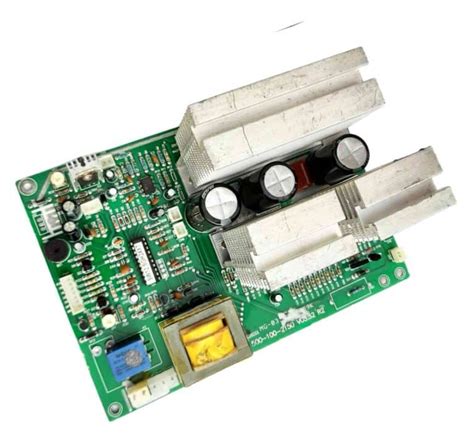
Conclusion
When evaluating PCB manufacturing expenses for your solar or UPS systems, understanding the interplay between component quality, design complexity, and market dynamics is critical. The PCB manufacturing cost for Microtek inverters hinges not only on raw material prices but also on the technical expertise of PCB manufacturing companies that balance durability and efficiency. As highlighted earlier, opting for cheaper alternatives might reduce upfront expenses but could compromise long-term reliability—a key consideration in energy systems where performance stability is non-negotiable.
Your decision should factor in market benchmarks and supplier partnerships, especially as global supply chain fluctuations continue to impact PCB manufacturing business operations. While Microtek’s pricing remains competitive, cross-referencing quotes with other manufacturers ensures you’re not overpaying for similar specifications. Remember, the true value lies in aligning technical requirements with budgetary constraints—whether prioritizing high-efficiency solar applications or cost-sensitive UPS setups. By staying informed about industry trends and leveraging transparent pricing models, you can optimize investments without sacrificing quality.
FAQs
What factors most influence PCB manufacturing costs for Microtek inverters?
Material quality, board complexity, and order volume primarily drive pcb manufacturing cost. High-grade substrates and multi-layer designs increase expenses, while bulk orders often reduce per-unit pricing through economies of scale.
How do solar inverter PCBs differ in cost from UPS systems?
Solar PCBs require specialized components like maximum power point tracking (MPPT) circuits, raising pcb manufacturing expenses. UPS boards prioritize surge protection, which may lower material costs compared to solar variants.
Can choosing smaller pcb manufacturing companies reduce expenses?
While smaller firms might offer competitive rates, ensure they meet Microtek’s quality standards. Inconsistent production quality could lead to higher long-term costs from replacements or system failures.
Why do pcb manufacturing business quotes vary between suppliers?
Pricing differences stem from material sourcing, labor costs, and technological capabilities. Always compare certifications (like ISO 9001) and warranty terms when evaluating quotes.
How can you optimize pcb manufacturing budgets for 2024 projects?
Prioritize standardized designs, consolidate orders, and partner with suppliers offering volume discounts. Regularly review component specifications to avoid over-engineering.
Explore Professional PCB Manufacturing Solutions
For tailored pcb manufacturing services that balance cost and reliability, please click here to connect with industry-certified experts.
As you evaluate options, remember that transparent pricing and technical support from pcb manufacturing companies are critical for long-term system performance. Always request detailed breakdowns to align costs with your project’s requirements.

